 Hye Kia Nam Li Tang Yeo Wui Hye Kia Nam Li Tang Yeo Wui
泰家南旅同乡会
The Hye Kia Nam Li Tang Yeo Wui, (泰家南旅同乡会), literally meaning the Tai Jia Southern Travel Same-Village Association, is a clan association whose members originally came from the Tai-jia Village, Wen-chang County, Hainan Province (海南省文昌县泰家村) of China. Commonly known by its members as Nam-Li (南旅), the association was officially registered as a society on 23 September 1937, although a 1974 document says that Nam-Li was already functioning in 1934. Its first premise was at 12 Seah Street.
According to some sources, Nam-Li was the first Hainanese village-based clan association in Singapore. In fact, village-based clan associations are peculiar to the Hainanese. Other dialect groups tend to form associations for much larger localities, e.g., districts or counties rather than villages.
In those days, when immigrants were still arriving from China, especially with the breakout of the Sino-Japanese War, Nam-Li’s premises also served as gong-shi-fang (公司房) for new comers, i.e., residential quarters where as many as eight men squeezed into a small room. Father grew up in one and lived there till his early twenties. They were the first places an immigrant dropped by after getting off the boat. Nam-Li provided the first few nights’ accommodation, contacts and advice for fellow clansmen arriving from Hainan in this new land. More importantly, it served as a focal point for community activities and cohesiveness for the new immigrants from Taijia Village, Hainan.
During the 1930s, key members of Nam-Li were prime movers of the Nan-Shi Sports Association 南狮体育会 and its volleyball team, which won many volleyball championships in Southeast Asia. It was said that many trophies and medals adorned Nam-Li’s premises in those glorious days, which came to an end with the Japanese invasion of Singapore.
When the Japanese occupied Singapore in 1941, many Hainanese were rounded up and massacred. Nam-Li’s premises were abandoned and its quarters ransacked during this disastrous episode of its history.
Nam-Li’s members returned only after WWII, only to find its premises taken over by squatters. The members set up Nam-Li at new premises on the second floor of 31 Beach Road (above Nanyang Coffeeshop) and tried to revive the fortunes of Nam-Li. Nam-Li moved to new rented quarters at 3 Seah Street in 1953.
In 1974, faced with problems relating to funding and membership, a major fund raising and recruitment effort was undertaken. The effort succeeded in recruiting many new members and new activities were launched to enhance the popularity of Nam-Li. A bursary fund was set up to provide cash awards to children of members who had performed well academically. More than a hundred children had been beneficiaries of the Nam-Li. The awards were handled out during annual lunches and AGMs which involved hundreds of members and their families. Those were days of glories, and I still have fading memories of those grand events.
Nam-Li participated actively in other community functions and nationwide activities, such as fund raising for charity, workers’ skills development, Speak Mandarin campaigns, conferences organized by the Chinese General Chambers of Commerce and the Singapore Hainan Association. Nam-Li also raised funds to build schools, roads and temples and purchased new generators for Tai-Jia village in Hainan. In 1993, Father and his elder brother represented Nam-Li (under the umbrella of the Singapore Hainanese Association) at the first World Hainanese Conference held in Haikou, capital of Hainan.
Nam-Li did not own any property, which would have left it with a substantial bequest that some other clan associations are benefiting from. Instead, it had to rent premises at an ever increasing rate, a natural outcome given the growing economy and increasing property prices. In subsequent decades, it had to move several times as a result of increased rental and rapid urban development (e.g., MRT construction), in 1982 (22, Penang Road 2nd floor), 1983 (29, Geylang Lorong 18 3rd floor) and 1986 (Blk 261, Waterloo Street, #04-06).
Repeated relocations sapped Nam-Li’s resources. Despite that, it managed to pull through with fund raising campaigns and strenuous effort from its members. On 14 June 1987, Nam-Li celebrated its 50th anniversary and for the 14th time, academic bursaries were awarded to qualified children of members. Representatives from many clan associations in Singapore sent representatives to attend the celebratory dinner held at the premises.
The last bursaries were awarded in 1990, and over time, fewer people turned up for activities. The premises at Waterloo Street became a mere venue for mahjong games, and Nam-Li received a fee for every game played. This became its most important source of funds which were used to pay rental. In fact, most small clan associations could only survive if they rent their premises to mahjong players.
On 24 October 2004, key members of Nam-Li made an important decision about the future of their organization.
What was that decision?
This article is contributed by Mr. Tan Wee Cheng whose father is a key member in Nam-Li.
Related Articles:
|
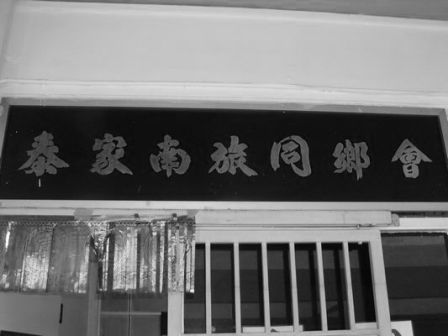
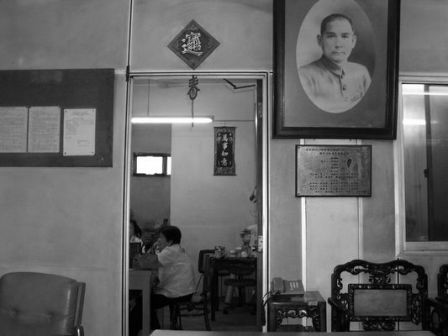
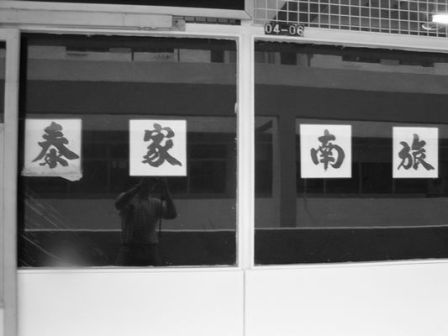
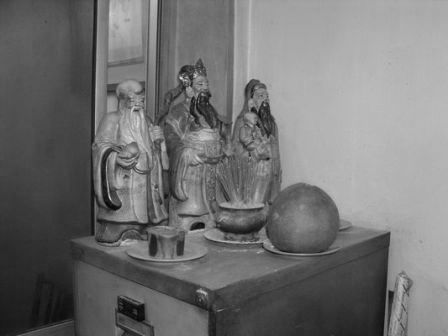
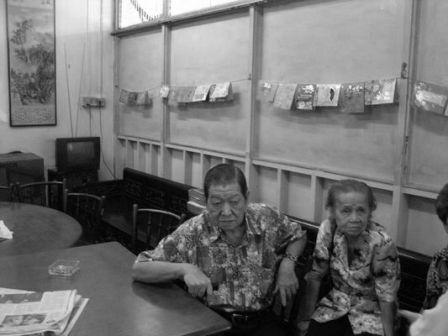
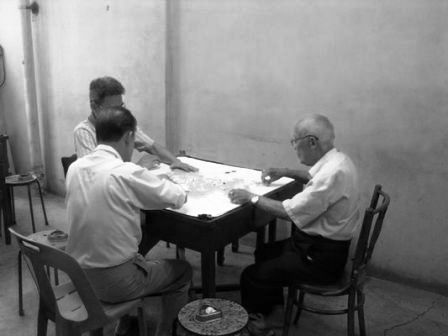
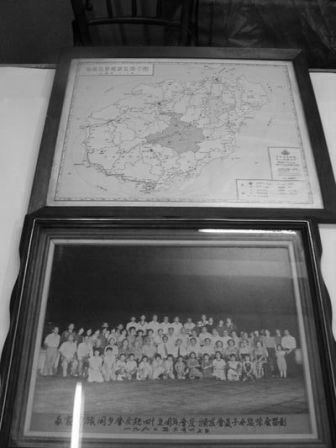
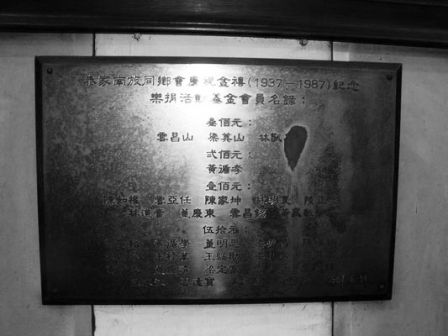
Images supplied by Mr. Tan Wee Cheng
Copyright © Tan Wee Cheng
|

